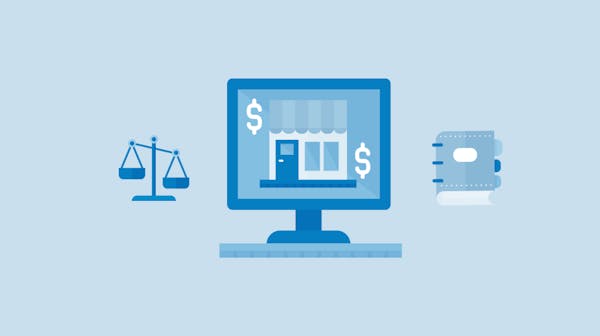Ensuring compliance with regulatory standards, safeguarding patient data, and maintaining itemization and transparency are the key legal considerations for healthcare invoicing. Yet, delving into how these practices interlink with the nuances of medical service descriptions and third-party billing is essential for entrepreneurs in the healthcare sector.
Key Components of Legal Invoicing in Healthcare
- Compliance with Regulatory Standards
Healthcare sector invoicing is governed by a framework that ensures adherence to both local and international standards, such as the General Data Protection Regulation (GDPR) for European patients or the Healthcare Common Procedure Coding System (HCPCS) in the United States. Understanding these regulations is crucial, as non-compliance can result in hefty fines and loss of reputation. It's imperative to understand these ever-evolving standards to remain compliant. For instance, the Healthcare Insurance Portability and Accountability Act (HIPAA) in the United States has specific implications for invoicing practices related to patient information. Find more about invoicing rules and their significance in maintaining compliance in the healthcare sector through this informative piece on invoicing rules.
- Patient Privacy and Data Protection
Specific invoicing solutions equipped with end-to-end encryption or anonymization features are vital to ensure the confidentiality of patient information. For example, utilizing an Electronic Health Record (EHR) system that complies with privacy laws can help safeguard sensitive data. Patient confidentiality is a cornerstone of healthcare practice, and it extends to invoicing. The handling of patient data is strictly regulated, and any invoices or billing documents must reflect this. It isn't just about compliance; it's also about maintaining patient trust.
- Itemization and Transparency
Legally, healthcare invoices must detail each procedure, medication, and material used, often linked to their codes like CPT, and their corresponding charges. This transparency is not only a legal mandate but also aids in insurance claim processes. Clarity in invoicing is essential, particularly in healthcare where procedures and treatments can be complex. Utilize InvoiceOnline to ensure detailed itemization and transparency with clear tracking of all your healthcare invoices. Each service provided must be itemized to maintain transparency and avoid legal repercussions. This practice is not just beneficial for legal compliance but also for auditing purposes and for maintaining clear communication with patients and insurers.
Healthcare Sector-Specific Invoice Features
- Description of Medical Services
In case of coding errors, it is important to follow a rectification process that involves reviewing medical records, consulting healthcare coders, and if necessary, submitting an amended claim to the insurer or patient, to maintain legal integrity and avoid audit red flags. Describing medical services on invoices must be done with precision and consistency. Coding systems such as the Current Procedural Terminology (CPT) are used universally to avoid ambiguity and ensure that services are billed correctly. Proper categorization and description support legal integrity and facilitate the payment process. Make sure to view essential details that must be included on invoices.
- Insurance and Third-party Payer Considerations
Depict how coordination of benefits and service-level agreements with insurers play into the legal landscape of healthcare invoicing. This includes understanding and accurately applying deductibles, co-insurance, and co-payment policies in the invoicing. The invoicing process within the healthcare sector often involves third parties like insurance companies. It's essential to understand contractual obligations with insurers to invoice correctly. Furthermore, the way that insurance adjustments are denoted on invoices can have legal implications.
Addressing Discrepancies and Disputes in Invoicing
- Handling Disputes Over Charges
Adopt a standardized dispute resolution procedure, akin to what is often found in medical billing guidelines, which includes initial internal review, clarification with the patient or insurer, and if unresolved, proceeding through formal dispute resolution mechanisms. Disputes over charges can arise for various reasons, from misunderstandings over service costs to disputes on insurance coverage. It's critical to have a clear and formal process to handle such situations. This might include internal review systems and clear communication channels with all parties involved. Learn about the steps to take for effective debt recovery in the context of disputes.
- Correcting Invoice Errors
Legal guidelines typically require corrections to be made within a certain period after the billing date, often within 30 to 90 days. Establish a clear policy for issuing corrective invoices or adjustment notes to ensure timeliness and compliance. When errors occur, there is a proper way to correct invoices without compromising legal compliance. This often includes issuing a corrective invoice or a credit note. Timeliness and accuracy in corrections are also crucial to prevent a cascade of billing issues. Understanding the proper way to issue corrective tax documents is a must for any healthcare provider.
Summary
Navigating the legal complexities of healthcare invoicing requires careful attention to regulatory compliance, patient privacy, and the clear and accurate representation of services. Staying informed and vigilant about these aspects not only helps in upholding legal standards, but also in fostering a trustworthy relationship with patients and third-party payers.




